Went out tonight to view future wood cutting potential on grand dad's property (pretty much mine in regards to wood cutting). Probably about 10 good acres of woods, lots of maple, some cherry with very little to no Oak leaves seen (same property as wood stack pictures). What I believe I did find, though, was green Ash. With not a whole lot of experience with ash while standing, coming to the panel for advice.
The trees didn't quite look like the Ash trees I would expect to see in SW lower MI, as I couldn't seem to find any (maybe one) D shaped hole in the bark that would indicate the borer had it's way. The lower branches (minimal) did not have leaves on many of these trees. When looking straight up, there were leaves but didn't look healthy (whitish green).
Question here...first, they are green ash...right? Second, have these been "found" by the EAB? I just cut some landscape trees not 7 miles away that were infested (could easily see D shaped holes). Possible I wouldn't see the holes but see the effects?
After the walk through the woods, looked to wrap up (didn't quite make it) the black locust rounds I had bucked up this past weekend. They were green as late as 3 weeks ago. With the split size and other considerations in the picture...ready by winter?
Thanks guys...
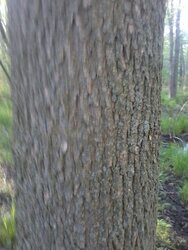
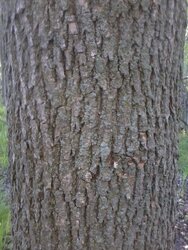
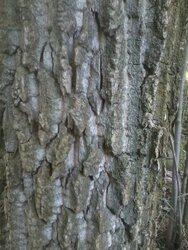
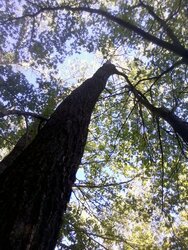
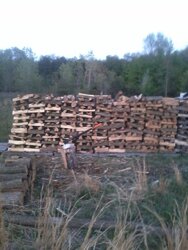
The trees didn't quite look like the Ash trees I would expect to see in SW lower MI, as I couldn't seem to find any (maybe one) D shaped hole in the bark that would indicate the borer had it's way. The lower branches (minimal) did not have leaves on many of these trees. When looking straight up, there were leaves but didn't look healthy (whitish green).
Question here...first, they are green ash...right? Second, have these been "found" by the EAB? I just cut some landscape trees not 7 miles away that were infested (could easily see D shaped holes). Possible I wouldn't see the holes but see the effects?
After the walk through the woods, looked to wrap up (didn't quite make it) the black locust rounds I had bucked up this past weekend. They were green as late as 3 weeks ago. With the split size and other considerations in the picture...ready by winter?
Thanks guys...







